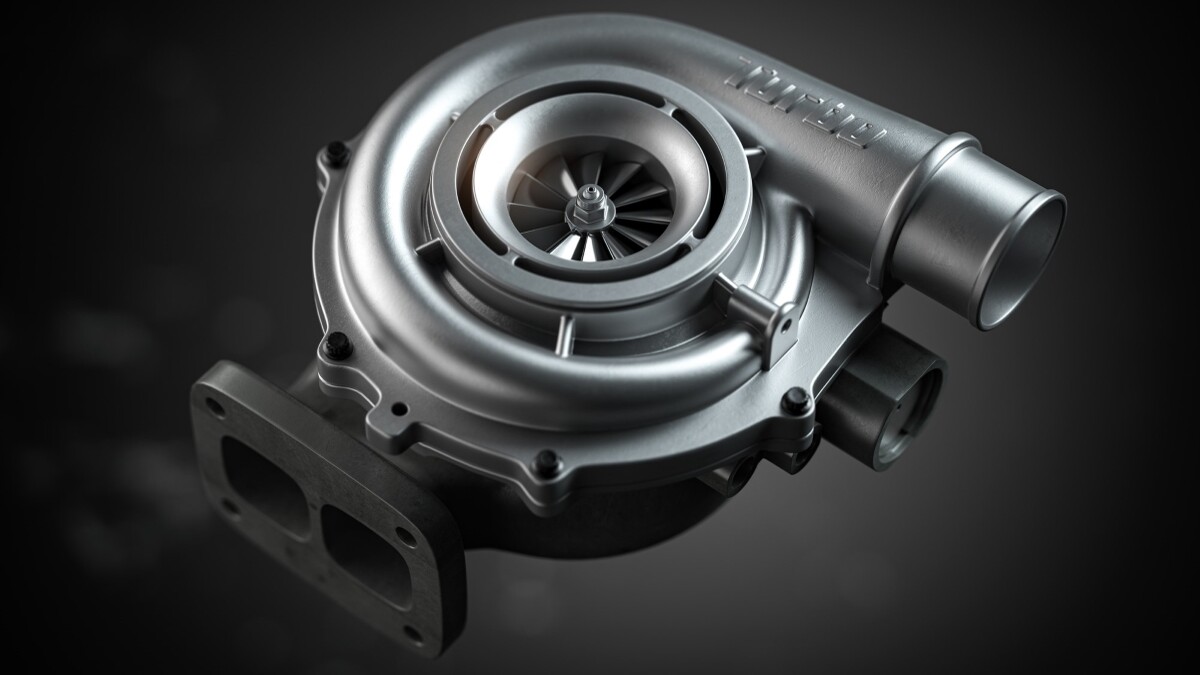A Master Automobile Technician takes a deep dive into turbocharged engines with useful information on what turbocharged cars are, how they are constructed, and why your Toyota might not last 200,000 miles or more with one installed.
Earlier, we discussed a review of turbocharged engine reliability, plus some recommended models that come packed with turbocharged power. As it turns out, turbos are installed in almost every 4-cylinder modern car today; you can't swing a dead catalytic converter by the tailpipe in a car lot these days without hitting a four-cylinder turbocharged vehicle.
The primary reason for the existence of a turbocharged engine is that it allows a smaller engine to be fitted inside a smaller car to provide the power performance of a larger engine, but with the added fuel efficiency of a smaller car. Essentially, it should be a win-win for both car manufacturers and their customers.
However, this is not always the case for car owners when that turbo requires repair and/or causes damage to a car's engine.
The Win-Lose of Turbocharged Engines
One example is that turbocharged engines are more complex, have more parts, and make engines less reliable. They are profitable for the automotive industry but not so good for the car owner.
Turbocharged engine repair also involves a complicated and more-involved disassembly of the engine in order to access the turbo unit(s) repaired. The bigger the job is, the longer an owner will have to wait before his or her car is returned, and the more time is charged for labor.
TOYOTA TURBO UPDATING
When it comes to turbo-related engine damage, one big issue is shortened engine life.
Related article: Blown Turbo at Only 60,000 Miles on This Chevy. What Happened?
From the same Toyota expert who gave you what you need to know in an article titled "Everything You Need to Know About Toyota's New 4-Cylinder Turbo Engine" (courtesy of the Car Care Nut YouTube channel) is a return to turbochargers in Toyota engines with a new Toyota turbo assessment to update your knowledge of what it means to buy a new 4-cylinder turbocharged model today.
Follow along with the host of the Car Care Nut YouTube channel as the host explains:
- The basic function of a turbocharger and how it differs from a supercharger.
- The basic components of a turbocharger.
- How turbochargers work.
- The source of turbos for Toyota models.
- What a turbocharger wastegate and BOV are, and why they are important.
- What does it mean when a salesperson talks about single-scroll, double-scroll, and sequential turbo in a Toyota.
- Why turbos get so hot and how they are cooled using an intercooler.
- Turbo reality problems.
- How your turbo may prevent your Toyota from reaching 200,000 miles or more.
- The number one way to get as much life as possible out of your turbocharged Toyota engine.
If you do not have time to watch the entire video, a summary of the most important points is provided immediately below the video for your convenience.
Why Do Most Modern Cars Have Turbo Engines? Are They Going to Be Reliable?
Six Important Turbo Points Summary
- Sequential turbos do not last long. A better choice is a dual-scroll turbo that provides the same benefits but lasts longer.
- Turbochargers in small 4-cylinder engines are a good thing because they reduce emissions while at the same time providing more power when needed.
- The main thing that causes problems with turbos is the significant increase in pressure and in heat within an engine that shortens engine life.
- You can increase your vehicle's turbocharged lifespan by monitoring and controlling how often and long your turbocharger kicks in; a boost gauge helps by showing you when the turbo is running and when it is not.
- Towing with a turbocharged vehicle causes the turbo to kick in more often and for longer periods. This not only exposes the engine to more heat but also to the engine oil, which will then cause the oil to break down faster. The best protection for this is changing your oil more often.
- The best protection for your turbocharged car is maintenance—continually checking the condition of your motor oil and increasing your oil-changing intervals.
Related article: What Adding Boost Can Do To Your Engine Oil
Please Note: While checking your turbocharged engine motor oil level, the oil on your engine oil dipstick should look smooth, glossy, and transparent. If it is dark and smells burnt, it has degraded too much.
Some mechanics recommend a simple test: Place a drop of motor oil from the dipstick on top of the surface of a small jar of water. If the oil drop spreads over the water's surface (instead of beading up like new oil), your oil should be changed. The loss of surface tension is a sign of degraded oil.
For additional articles related to turbocharged engines, here are a few useful ones for your consideration:
- Guide for Choosing a Four-Cylinder Turbo Over a Typical Six-Cylinder and Vice Versa
- The Truth About Turbo Engine Reliability from This Car Shopping Expert
- Toyota Tundra Warning About Its Engine Change
Timothy Boyer is an automotive reporter based in Cincinnati. Experienced with early car restorations, he regularly restores older vehicles with engine modifications for improved performance. Follow Tim on Twitter at @TimBoyerWrites for daily news and topics related to new and used cars and trucks.
COMING UP NEXT: Many Tire Pressure Gauge Brands Are 5 to 50 PSI Off
Image source: Deposit Photos






